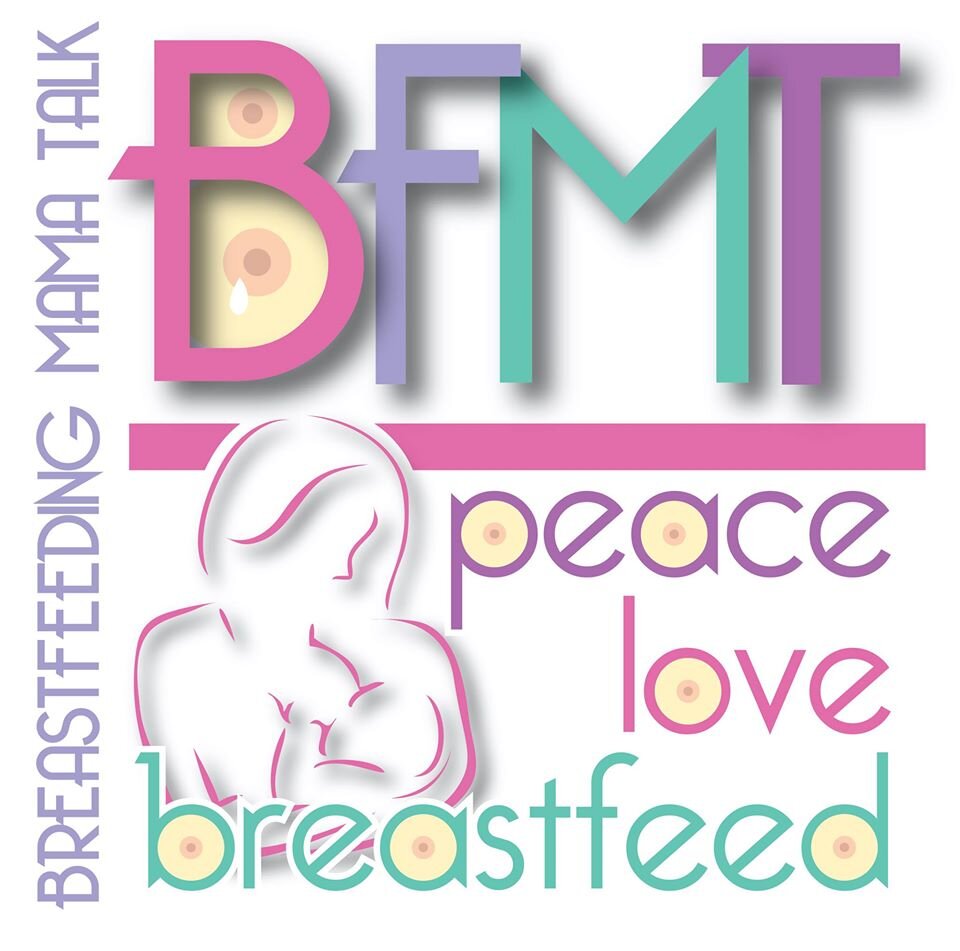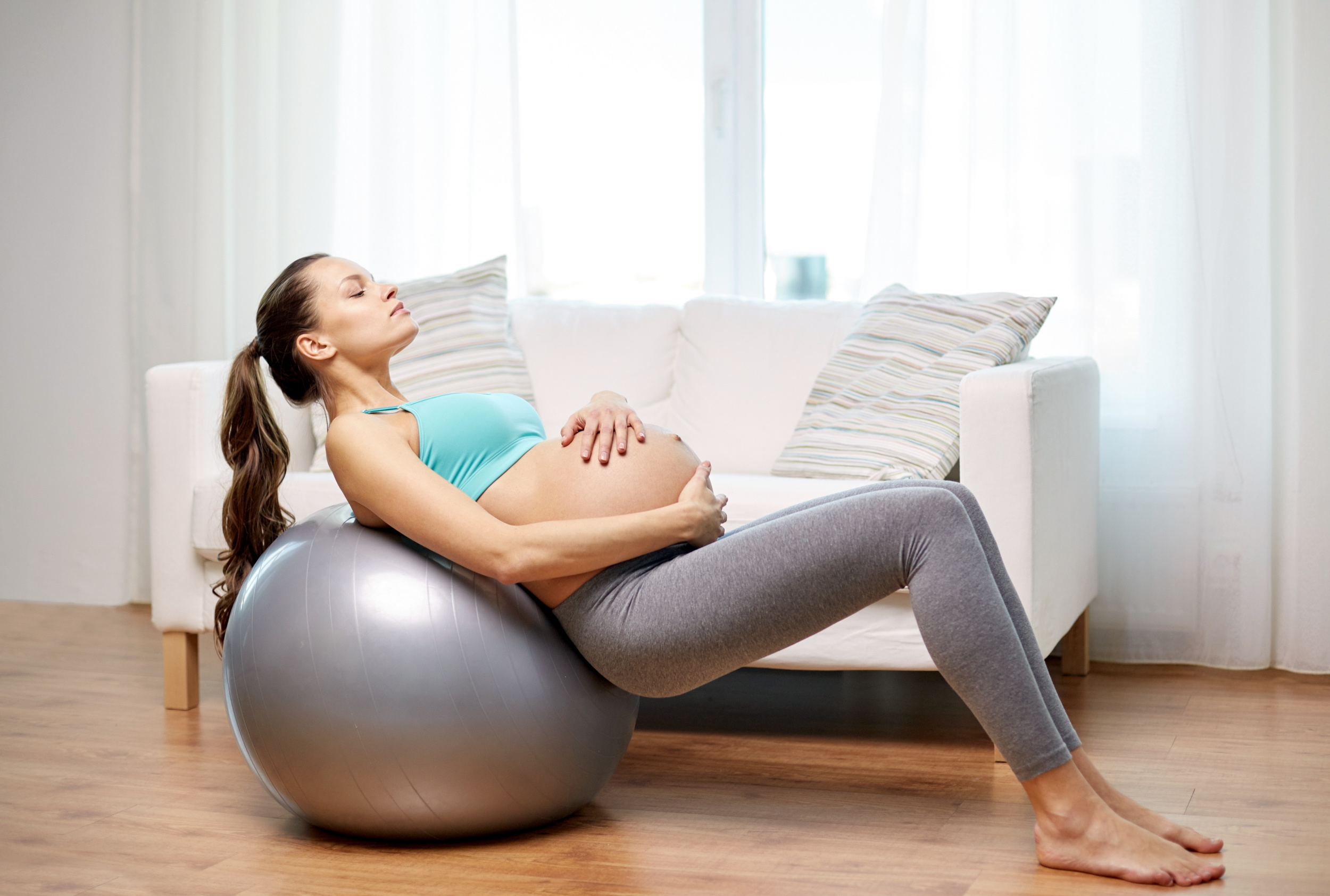Baby Led Weaning
The World Health Organization, Canadian Pediatric Society, and American Academy of Physicians all recommend breastfeeding/formula feeding exclusively until 6 months of age. After that, solids can be introduced. However, up until a year of age the baby should always be filling up on their milk first and then eating solids, because at this age solids are not about nutrition, it is about discovering textures and tastes.
It is important to wait the full 6 months before introducing solids as starting early can wreak havoc on a baby’s digestive system. It has been linked to diabetes, obesity, crohn’s disease, celiac disease, allergies, and other digestive problems. Solids is not a “milestone to be reached”, and a baby’s gastrointestinal tract is not like the Musculoskeletal tract, the time frame for development will not vary baby to baby. That is why it is so important to wait until a child is at least 6 months old before starting solid food. If you consider the rampant GI issues in our population today, it is easy to understand the important of waiting, to help prevent these issues from taking hold in your child.








